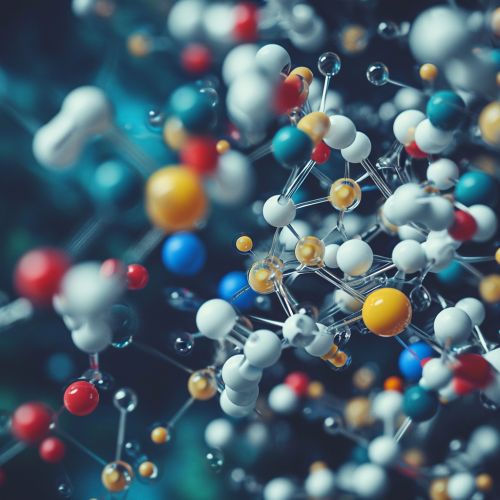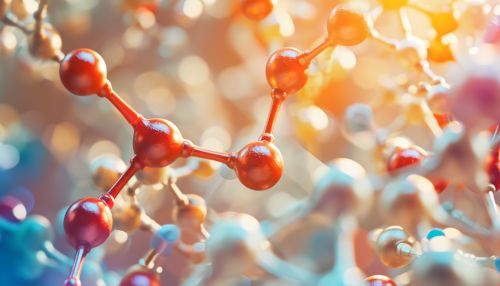Amino Acid Metabolism
Introduction
Amino acid metabolism refers to the set of biochemical processes in the body that maintain the balance of amino acids, the building blocks of proteins. This involves the synthesis, breakdown, and conversion of amino acids to other substances. Amino acid metabolism plays a crucial role in numerous physiological processes, including protein synthesis, energy production, and immune function.


Amino Acid Biosynthesis
Amino acid biosynthesis is the process by which organisms produce amino acids from precursor molecules. This process can be divided into two main pathways: the synthesis of non-essential amino acids and the synthesis of essential amino acids.
Non-Essential Amino Acid Synthesis
Non-essential amino acids are those that can be synthesized by the body and thus do not need to be obtained from the diet. The biosynthesis of non-essential amino acids involves various metabolic pathways, including the glycolytic pathway, the citric acid cycle, and the pentose phosphate pathway.
Essential Amino Acid Synthesis
Essential amino acids, on the other hand, cannot be synthesized by the body and must be obtained from the diet. These include histidine, isoleucine, leucine, lysine, methionine, phenylalanine, threonine, tryptophan, and valine. In plants and microorganisms, these amino acids are synthesized through complex pathways involving multiple enzymatic steps.
Amino Acid Catabolism
Amino acid catabolism is the process by which amino acids are broken down in the body. This process involves deamination, transamination, and decarboxylation reactions.
Deamination
Deamination is the removal of an amino group from an amino acid. This process produces ammonia, which is toxic and must be converted to urea in the urea cycle for excretion.
Transamination
Transamination is the transfer of an amino group from one amino acid to another. This process is crucial for the synthesis of non-essential amino acids and the interconversion of amino acids.
Decarboxylation
Decarboxylation is the removal of a carboxyl group from an amino acid. This process is involved in the synthesis of neurotransmitters and other bioactive molecules.
Regulation of Amino Acid Metabolism
The regulation of amino acid metabolism involves various mechanisms, including allosteric regulation, covalent modification, and genetic control.
Allosteric Regulation
Allosteric regulation involves the binding of a regulatory molecule to an enzyme at a site other than the active site. This binding alters the enzyme's shape and activity, either enhancing or inhibiting its function.
Covalent Modification
Covalent modification involves the addition or removal of a chemical group to or from an enzyme. This modification can alter the enzyme's activity, stability, or interaction with other molecules.
Genetic Control
Genetic control involves the regulation of enzyme synthesis at the gene level. This control can be exerted through the regulation of gene transcription, mRNA stability, or protein translation.
Disorders of Amino Acid Metabolism
Disorders of amino acid metabolism, also known as aminoacidopathies, are a group of metabolic disorders characterized by abnormalities in the synthesis and degradation of amino acids. These disorders can lead to a variety of symptoms, including developmental delay, neurological abnormalities, and organ dysfunction.
